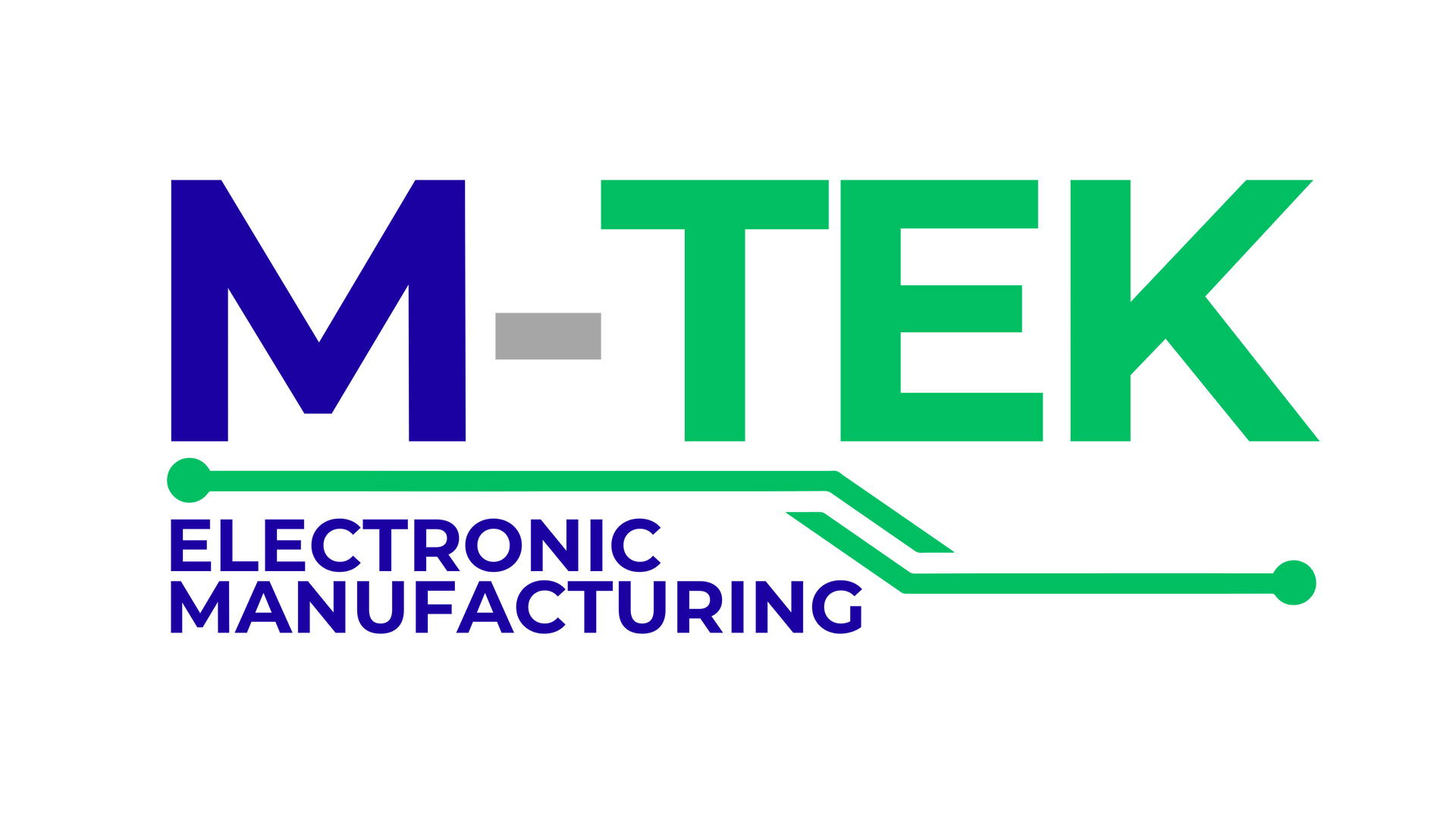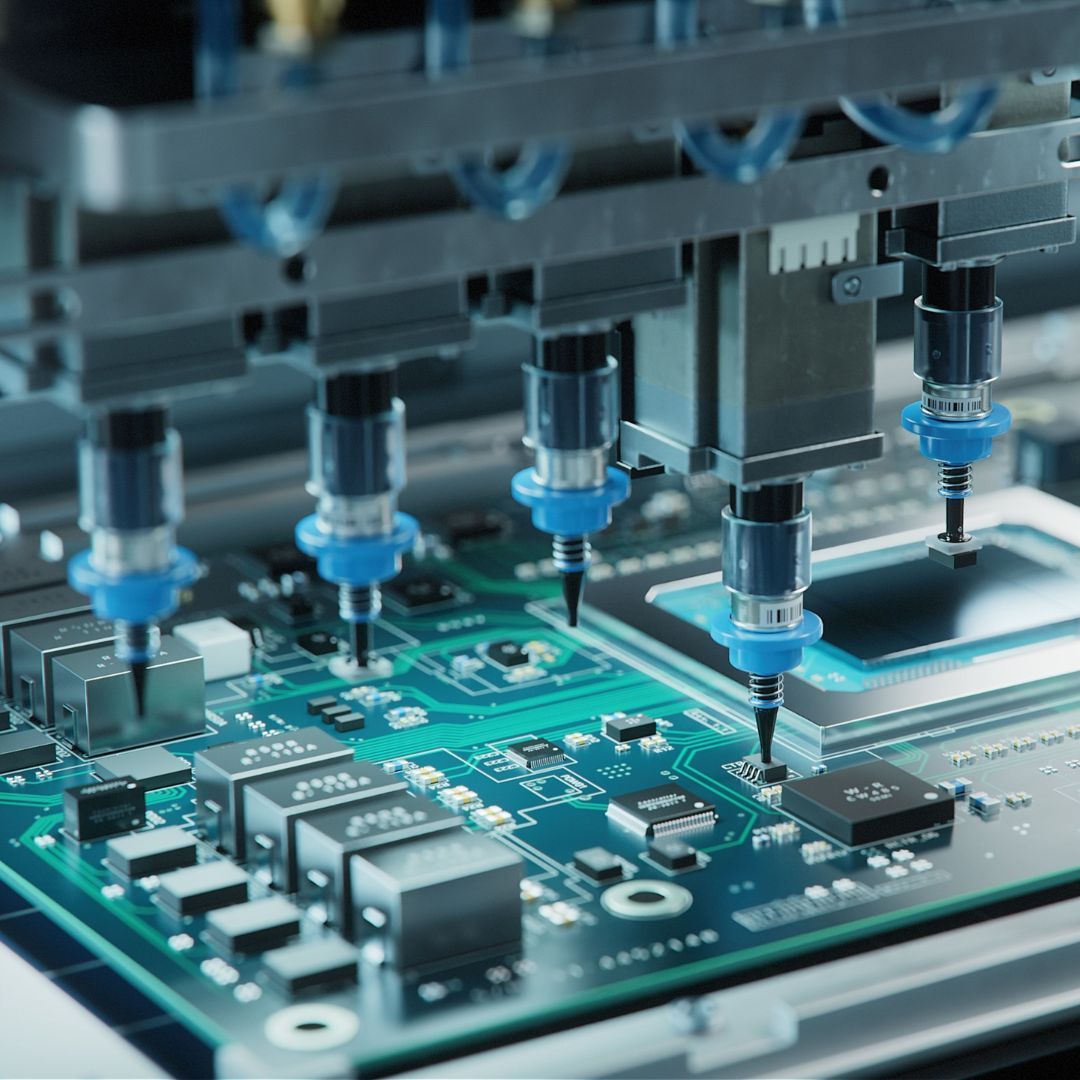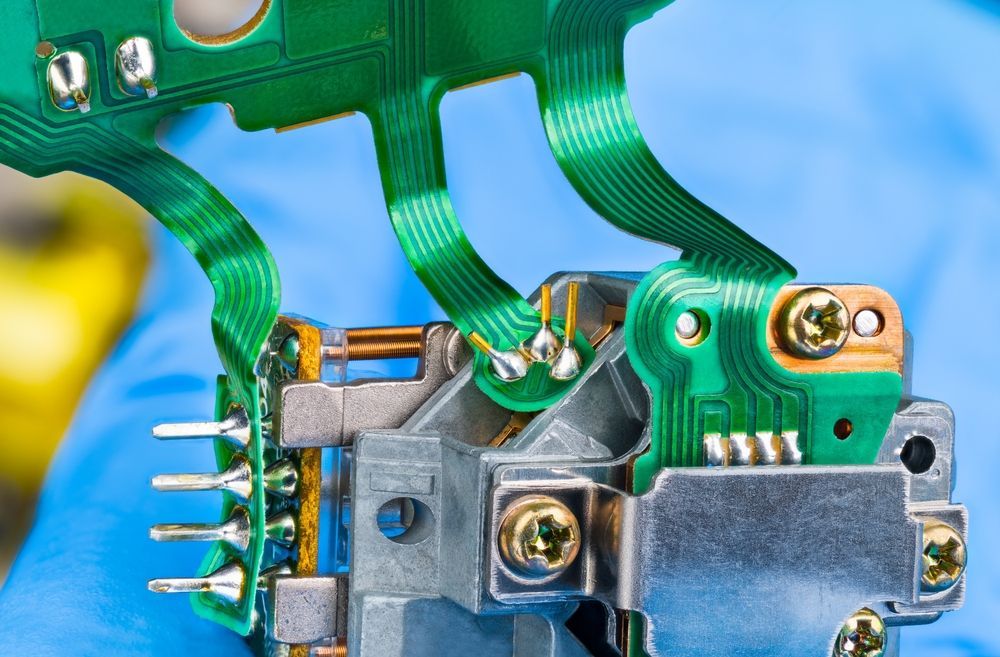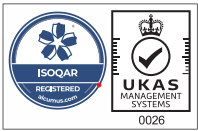
Product developers looking for a way to combine the flexibility of a flexible assembly and the rigidity of a rigid assembly often turn to flexi-rigid assemblies. This type of assembly provides the best of both worlds, allowing for the accuracy of a rigid assembly and the mobility of a flexible assembly.
In this article, we will explore the basics of
flexi-rigid assemblies, including how they are designed and how they can be used in product development. We will also discuss the different types of materials used in flexi-rigid assemblies and the advantages and disadvantages of using them.
What are Flexi-Rigid Assemblies?
A flexi-rigid assembly is a type of connection that combines the rigidity of a rigid assembly and the flexibility of a flexible assembly. It is designed to provide the accuracy of a rigid assembly while still allowing for some flexibility in the connection. This type of assembly is commonly used in product development when accuracy is important but mobility is also required.
Flexi-rigid assemblies are typically constructed from a combination of rigid and flexible materials, such as steel and rubber. These materials are combined in a specific way to allow for both flexibility and rigidity. For example, steel might be used to provide the rigid structure of the assembly while rubber is used to provide flexibility.
Types of Materials Used in Flexi-Rigid Assemblies
Flexi-rigid assemblies are often made of a mix of rigid and flexible materials. Steel, aluminium, and brass are common stiff materials used in flexi-rigid assemblies. Rubber, plastic, and foam are common flexible materials used in flexi-rigid structures.
The material utilised in the assembly will be determined by the application. Steel, for example, may be utilised in applications requiring a high degree of rigidity and accuracy. Rubber can be utilised in applications requiring flexibility. The cost of assembly is also affected by the material used, with steel and aluminium being more expensive than rubber and plastic.
Advantages and Disadvantages of Flexi-Rigid Assemblies
Flexi-rigid assemblies provide several benefits over rigid and flexible assemblies. They have the benefit of being more accurate than typical rigid and flexible systems. This is because combining rigid and flexible materials allows for higher precision. They are also more durable than traditional assembly since they are less likely to be destroyed by vibrations or collisions.
Yet, flexi-rigid assemblies have some disadvantages. Because they use more expensive materials such as steel and aluminium, they are more expensive than typical assembly. Also, because of the complexity of integrating stiff and flexible materials, they are more difficult to design and build.
Conclusion
Flexi-rigid assemblies are a type of assembly that combines the rigidity of a rigid assembly and the flexibility of a flexible assembly. They are typically constructed from a combination of rigid and flexible materials, such as steel and rubber. Flexi-rigid assemblies offer several advantages over rigid and flexible assemblies, including greater accuracy and durability. However, they are more expensive and difficult to design and manufacture.
If you are looking for a way to combine the accuracy of a rigid assembly with the mobility of a flexible assembly, flexi-rigid assemblies may be the perfect solution. They can provide the best of both worlds and open up a whole new world of possibilities in product development.
By choosing M-Tek Assembly Ltd for your
flexi-rigid assemblies, you will also be contributing to environmental preservation. We have achieved a
net-zero carbon footprint by using electric vehicles, and we plant a tree for every circuit board we build! Please contact one of our SMT and PCB assembly experts for assistance right away. To learn more about our services, call 01189 455377 or follow us on
Twitter.





